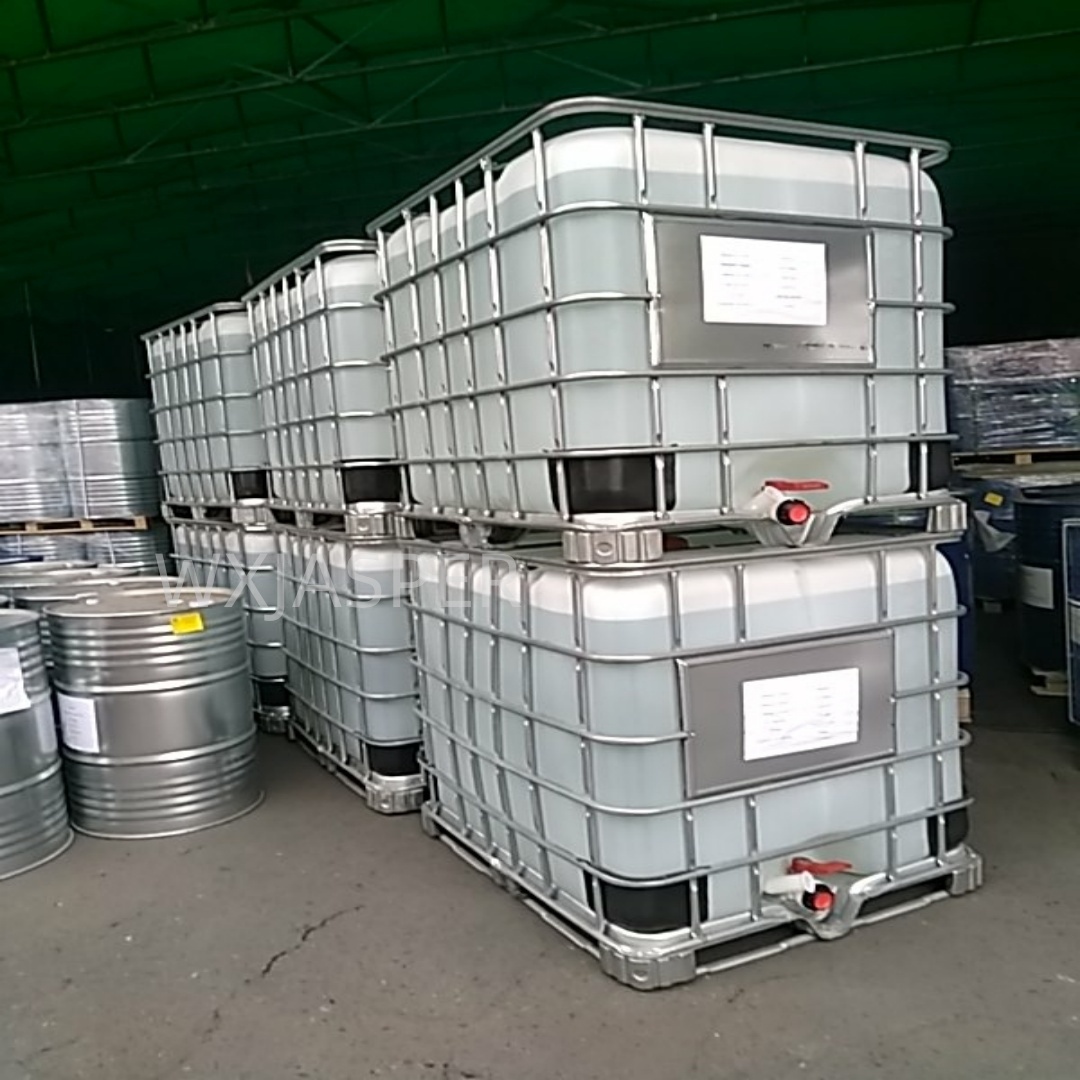Your Location:Home > Products > Solvents > Triethanolamine



CasNo: 102-71-6
MF: C6H15NO3
Appearance: liquid
Delivery Time: 15 days
Packing: 1BC/drum
Purity: 99%
Basic Information
|
Model NO. |
102-71-6 |
Appearance |
Liquid |
|
Color |
White |
Purity |
99% |
|
Sample |
Available |
Specification |
1BC/drum |
|
Grade Standard |
Industrial Grade |
Origin |
China |
|
Transport Package |
Drum |
|
|
Product Description
Product Name:Triethanolamine
CAS No: 102-71-6
Molecular formula :C6H15NO3
Form: Liquid
Product Application
The Triethanolamine is used primarily as an emulsifier and surfactant. It also serves as a PH balancer in many different cosmetic products - ranging from cleansing creams and milks, skin lotions, eye gels, moisturizers, shampoos, shaving foams etc.
Packaging
IBC (1000L) drums
Storage
It should be stored in a cool, dry, and well - ventilated area. It should be protected from direct sunlight and heat sources. Since it is hygroscopic (absorbs moisture from the air), proper storage conditions are essential to prevent the absorption of water, which could affect its quality.